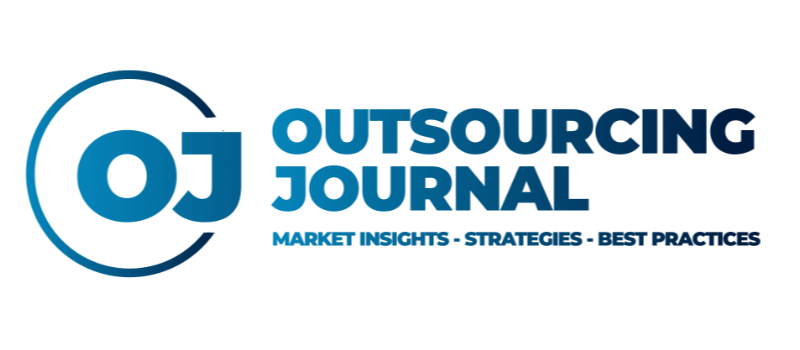By Frank Sundermann, Managing Director Durch Denken Vorne Consult GmbH and Andreas Fries, Professor for Supply Chain Management at the Rheinische Fachhochschule (University of Applied Sciences) in Cologne, Germany. During the 90’s the Chicago Bulls were unbeatable. The core of the success were Scotty Pippen and Michael “Air” Jordan. Both were playing on different positions bringing in their individual competencies, but by their blind interaction they succeeded. Great times and those two guys make us envious, if we compare this to the mediocre interaction of Dirk Nowitzki and Dennis Schröder for Germany during the European Basketball Championship in September 2015.
What can we learn from transferring this metaphor to Strategic Purchasing?
Let us start from the beginning. The idea of bundling either volumes or process activities among companies is old. If the purchasing volume for one commodity increases, you get better discounts at your supplier. The same applies for combining purchasing activities such as order management or accounts payable processing. With these two aspects in mind, generating savings through better prices or through achieving process efficiencies, we find ourselves at the heart of the current Shared Services movement.
Therefore, we see more and more “Scottie Pippens” and “Michael Jordans” organizing themselves in joint purchasing working teams to realize savings. But frankly said, we have seen a lot of these organizations fail leading to mutual accusations and in most cases long term disappointment. The reasons we see causing this are:
- Too many partners
- It is a “CAN”-option
- Free-rider behavior of some participants
Key success factors
But in economics, there are successful examples for such co-operations. If you analyze those, you find out, that the key success factors are
- Few partners (optimal two)
- It is mandatory, so a “MUST”-option
- It is embedded in a new legal entity
These success factors are given, when companies merge or acquire each other. But acquisition is not our topic. If you transfer this idea to Shared Services, the organizational form of choice is a joint venture for strategic purchasing. Companies do this already. One example being BUYIN.
Some key facts are:
- 50/50 JV of Deutsche Telekom and France Télécom-Orange founded in 2011
- Spend of ca. 23.5 BEUR bundled in network technology, customer equipment, digital & home platforms and IT-services
- 370 FTE with global working from out of 6 locations and serving 40+ countries
- saving target of 1.3 BEUR p.a. until 2014
Fit for the mid-market segment
But not only blue chips work on this topic, also we can see more and more small and mid-sized companies taking on this opportunity. The Swiss Joint Venture MEMEG AG is an example for this.
- JV of 11 mid-sized production engineering firms incl. Tornos, Reishauer & Rychiger founded in 2012
- Spend of ca. 350 MEUR bundled in specialized technical and norm parts
- Increased transparency on prices, quality and suppliers Additional focus on exchange of best-practices leads to process efficiency
The question of location
Both Joint Venture examples for Strategic Purchasing illustrate an additional aspect of importance. In both cases, the newly founded legal entity was not offshored to far away locations with favorable labour-cost and tax conditions. Most of the employees of BUYIN are located in Western Europe while MEMEG chose a set-up of Switzerland and the Czech Republic for their admin locations. Hence, we see that the focus of the JVs lie more on nearshoring solutions. This can be attributed to the importance of such factors as:
- short distances and facilitated coordination & communication,
- language competencies and cultural fit
- strong infrastructure and good education
- broad supplier networks in Western and Eastern Europe
Other success factors on the example of German-Swiss JV
Currently, we follow the creation of a joint venture between a German and a Swiss engineering company, with the focus on merging the strategic purchasing activities. To succeed in this, some success factors have to be considered such as:
- Top-management sponsors and continuous Change Management
- Harmonized processes and IT landscape
- Dedicated project teams with members from all partners
- Clearly defined targets and roles & responsibilities for the JV
- Solid governance model for the members of the JV
- Fact-based operations discussions based on agreed targets and SLAs
One point should be mentioned coming back to our sports example. It can be considered “fate” that Scotty Pippen and Air Jordan found each other. However, within your own company environment, you have the option of building your own personal Chicago Bulls Championship team. So, take “fate” into your own hands!
About the authors:
Frank Sundermann is Managing Director and owner of the consultancy Durch Denken Vorne Consult GmbH, who is focused on innovative approaches in purchasing, supply chain management and interaction of purchasing/engineering. For more information go to www.durchdenkenvorne.de.
Andreas Fries is Professor for Supply Chain Management at the Rheinische Fachhochschule in Cologne, Germany (University of Applied Sciences) and a consulting partner of Durch Denken Vorne Consult. Prior to this, he worked within Strategic Purchasing and for the Shared Services Unit of Henkel AG & Co. KGaA. As Head of Transition Management, he set-up a Shared Services Center in Bangalore, India for admin functions in 2012/13. For more information, please go to www.andreas-fries.de.
